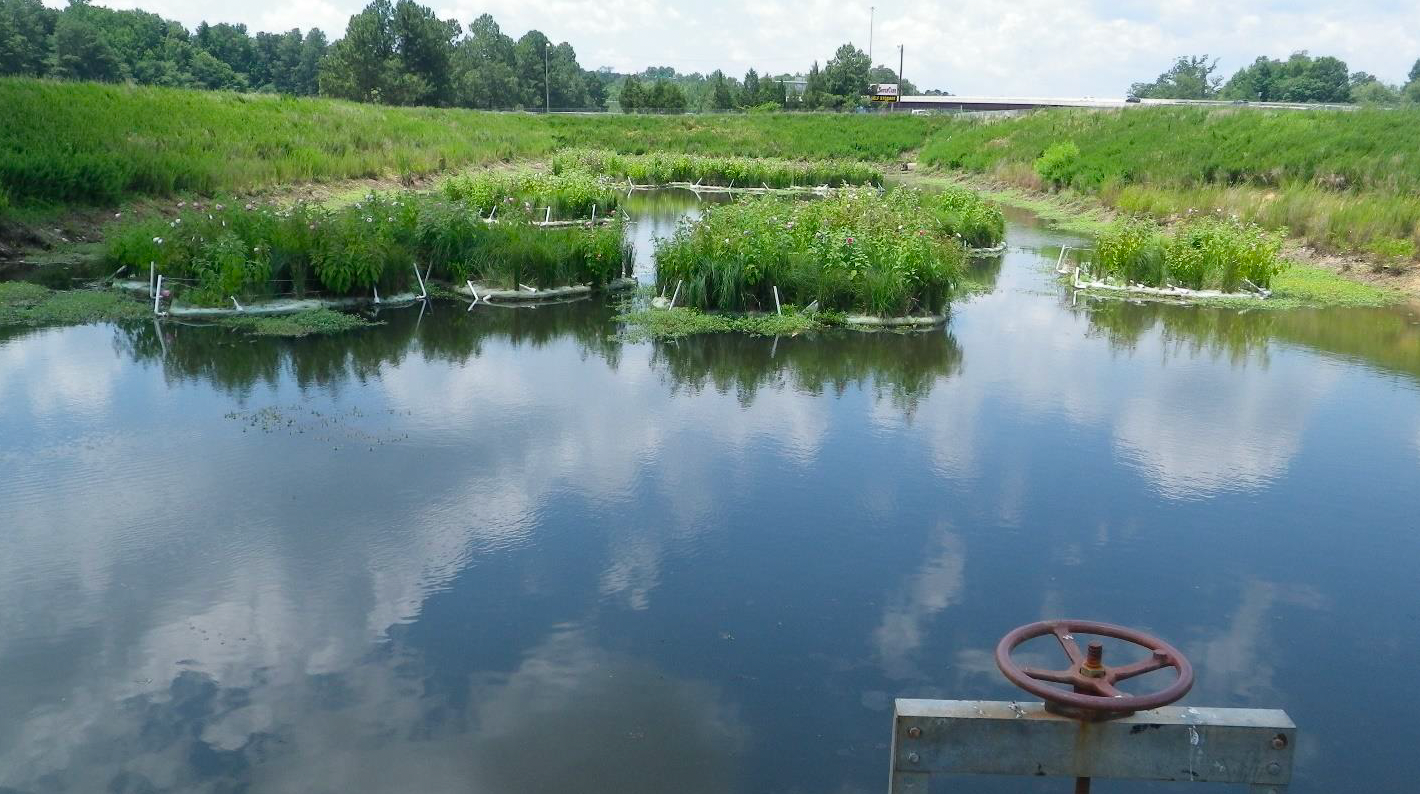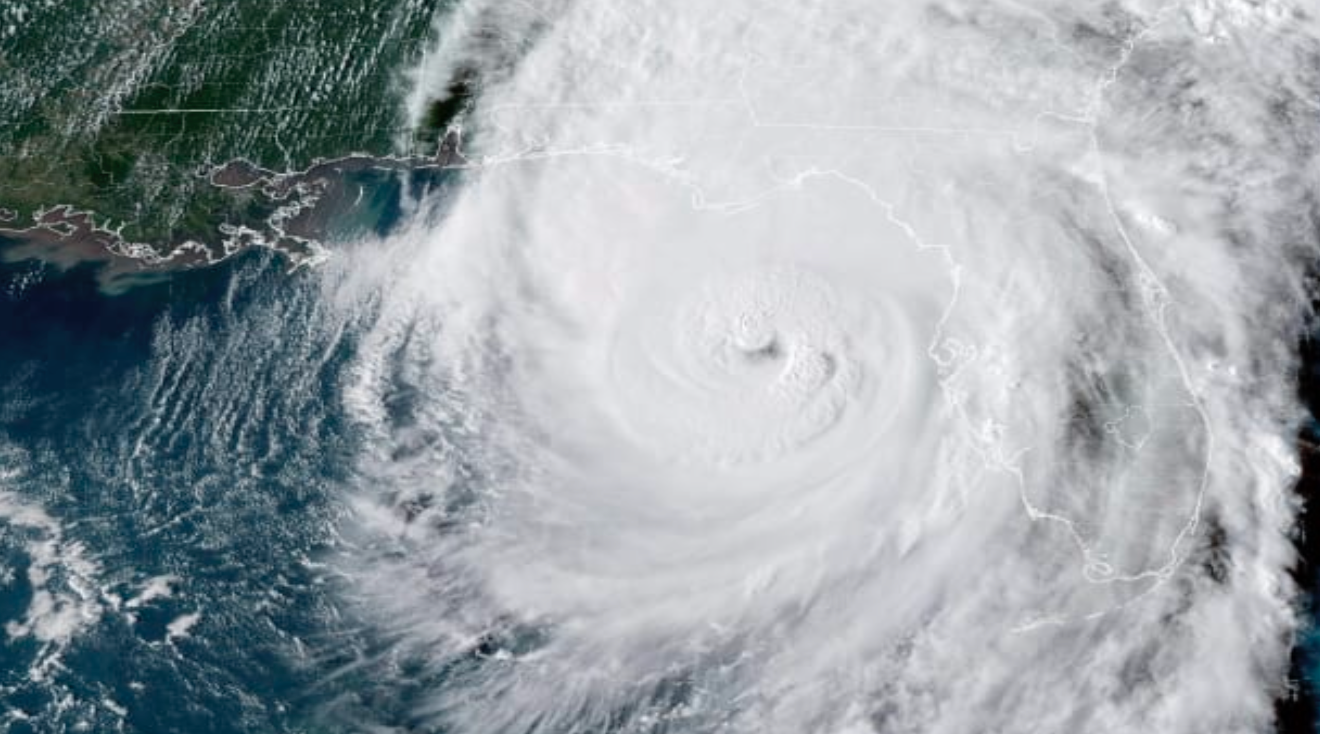Floating Wetlands
1. Introduction
Floating treatment wetlands (FTWs) are considered a best management practice (BMP) for improving water quality by filtering, consuming, or breaking down pollutants in stormwater ponds. FTWs are rafts of wetland vegetation that float on the water's surface and can be designed to support a variety of plants. They can be made from bio-based materials, or from inorganic plastic and metal. FTWs can function in bodies of water with fluctuating water levels and nutrient loads and can be designed to float above or below the water's surface.
FTWs can help protect the environment from pollutants and sediments carried by runoff from urban, industrial, and agricultural areas. They can also increase the aesthetic value and wildlife abundance of stormwater ponds and farm ponds. FTWs can be installed on existing wet ponds with a contributing drainage area of 400 acres or less.
However, their performance is affected by the size and depth of the water body, including the volume of water that passes beneath them.
FTWs also require periodic maintenance to ensure the integrity of the wetland and the health of the plants.
Figure 1. Floating Wetlands

How Do Floating Treatment Wetlands Work?
Floating treatment wetlands (FTWs) are manmade ecosystems that mimic natural wetlands. FTWs are created using floating rafts that support plants grown hydroponically. The rafts float on a wet pond water surface and can be used to improve water quality by filtering, consuming, or breaking down pollutants (e.g., nutrients, sediment, and metals) from the water (See Figure 1). FTWs may represent a relatively low cost and sustainable engineered best management practice (BMP) for reducing pollution in stormwater.
Where Can FTWs Be Used?
Three (3) major pollutant reduction mechanisms have been identified in FTWs: 1) plants directly uptake pollutants, especially nutrients, from the water as biological uptake; 2) microorganisms growing on the floating rafts and plant root systems break down and consume organic matter in the water through microbial decomposition; and 3) root systems filter out sediment and associated pollutants. These pollutant-removal mechanisms constitute a system that could be a low-cost, sustainable method for removing pollutants from stormwater.
Figure 2. Existing Research FTW

Figure 3. Additional Existing Research FTW

If it can be demonstrated that FTWs effectively remove waterborne pollutants, FTWs could be placed on most existing lakes and ponds. Many of these ponds located in urban settings are used as stormwater catchments. Examples of research FTW applications are shown in figures 2 and 3, respectively. When used in conjunction with a stormwater wet pond, FTWs are generally placed close to the shoreline at the point(s) where stormwater enters the pond either through the buffer area or through an inflow pipe. This is so they will intercept the most polluted runoff entering the system. FTWs located near the shoreline attenuate wave action and reduce undercutting and bank/ shoreline erosion.
Potential Advantages of FTWs
FTWs provide design flexibility. FTWs can be sized to fit into almost any pond or lake. FTWs enhance the pollutant-removal effectiveness of existing stormwater wet ponds and can provide a sustainable pollutant-removal system and wildlife habitat. FTWs offer resiliency. FTWs can tolerate storm-event driven water-level fluctuations as long as they are anchored to the bottom or tethered to the shoreline so they are not damaged or lost by flowing through the outlet structure of the pond. FTWs improve aesthetics and can be used to enhance the visual appeal/interest of surface water features like ponds and lakes. 4
Potential Limitations
Anchoring FTWs can be a challenge. For maximum nutrient-removal efficiency, FTWs need to be harvested or removed seasonally. Current environmental policy would likely require harvest of plant material in the fall to receive any credit for nutrient removal as a treatment. This requires a potentially significant labor effort. FTWs occupy open water surface and may block access or reduce available area for lake/pond recreational use. Minimum water depth should be no lower than three feet (four to five feet is recommended). Plants on the FTWs can root into sediments in shallow water and cause the floating rafts to be submerged when pond water level rises during storm events. Some contaminants, such as oil and herbicides, in urban runoff could damage the plants and harm microorganisms. Non-native and invasive species (plants) should not be planted on the FTWs and may need to be weeded out of the FTWs to avoid adverse effects to local ecosystems.
Performance
Evaluating the pollutant-removal performance of FTWs is difficult, in part because the pollutant-removal processes thought to be active in FTWs supplement those already taking place in wet ponds. One method commonly used to assess FTW performance is to use mesocosms, small-scale ponds (Figure 4). The performance of FTWs is an area of active research at Virginia Tech, North Carolina State University, and Clemson University in the U.S. and at several universities in China.
Figure 4. Mesocosms. 5

Expected Cost
Although research is ongoing, initial cost estimates for FTW rafts range from $1 to $24 per square foot. The lower value is for homemade FTW rafts constructed either of recycled materials or PVC pipes. The higher value represents the cost of a commercially available, proprietary FTW rafts. Costs for vegetation plugs for planting FTWs are dependent on vegetation species and source, type of FTW system (harvested or permanent), and purpose of the FTW (nutrient management, nursery production, habitat restoration, etc.). An estimation of maintenance costs can be made based on the size of the FTWs and the labor for plant harvesting or replacement, weed management, etc. If no structure repair is required, annual costs are expected to be lower than those for constructed wetlands, which is 3 to 5 percent of the estimated construction cost.
Glossary of Terms
Best management practice – For urban lands refers to any treatment practice that reduces pollution from stormwater. BMPs can be either a physical structure or a management practice. A similar but different set of BMPs are used to mitigate agricultural runoff.
Biological uptake – The process by which plants absorb nutrients for nourishment and growth.
Detention time – See residence time. Ecosystem – energy and materials cycling within a unit that include all the organisms interacting with the physical environment.
Erosion – The gradual weathering away of soil and sediment due to water and wind. Floating treatment wetlands (FTWs) – Wetlands created from plants that can grow hydroponically on water surfaces. Natural FTWs float by their own means.
Habitat – The environment where organisms, like plants, normally live.
Hydroponics – The ability of a plant to uptake nutrients directly from water, also called aquaculture. Adv. hydroponically. Inflow – The flow of water entering a BMP, in this case, a pond. 6
Invasive species – Non-native species that can cause adverse economic or ecological impacts to the environment, usually due to the tendency of these introduced species to dominate local habitats and replace native ecological communities.
Mesocosm – A model of a biological system that is used to focus on a limited number of variables. The biological system referred to in this fact sheet is a wet pond.
Microbial decomposition – The breakdown of compounds or organic matter into smaller one with the aid of microorganisms.
Nutrients – The substances that are required for growth of all biological organisms. When considering water quality, the nutrients of highest concern in stormwater are nitrogen and phosphorus because they are often limiting in downstream waters. Excessive amounts of these substances are pollution and can cause algal blooms and dead zones to occur in downstream waters.
Outflow – The flow of water exiting a BMP, in this case, a wet pond.
Outlet structure – Also known as control structure, structure that regulates water discharging, or outflow from a BMP; serves as an exit point from the BMP.
Residence time – The average time it takes water to travel through a treatment system such as a wet pond. Residence time can also be called detention time.
Sediment – The soil, rock, or biological material particles that are formed by weathering, decomposition, and erosion. In water environments, sediment is transported across a watershed via streams.
Stormwater – Water that originates from impervious surfaces during rain events, often associated with urban areas and is also called runoff.
Sustain – Enduring for a long time (see sustainable).
Sustainable – The ability of the system to endure, or sustain, and remain productive over a long time.
Watershed – A unit of land that drains to a single pour point. Boundaries are determined by water flowing from high elevations to the pour point.
A pour point is the point of exit from the watershed, or where the water would flow out of the watershed if it was turned on end. 7
Wetland – Land that has saturated or hydric soils, or specialized wetland vegetation, and is periodically saturated with water.
Wet ponds – Stormwater impoundments that have a permanent pool of water used to treat water pollution. Normally has an outlet structure to regulate flows.



